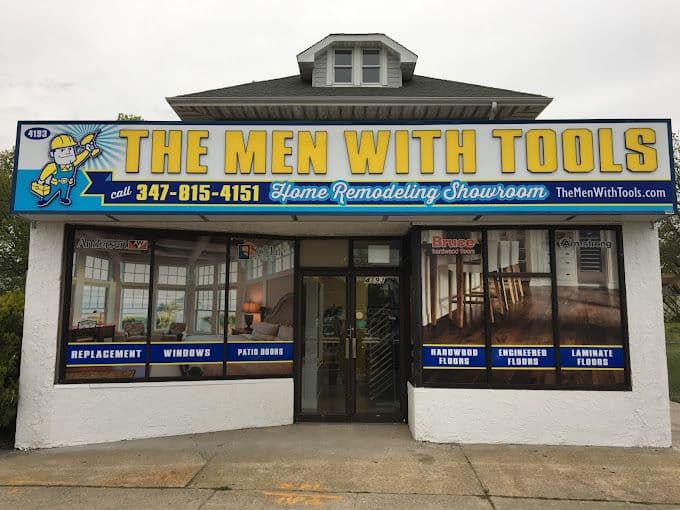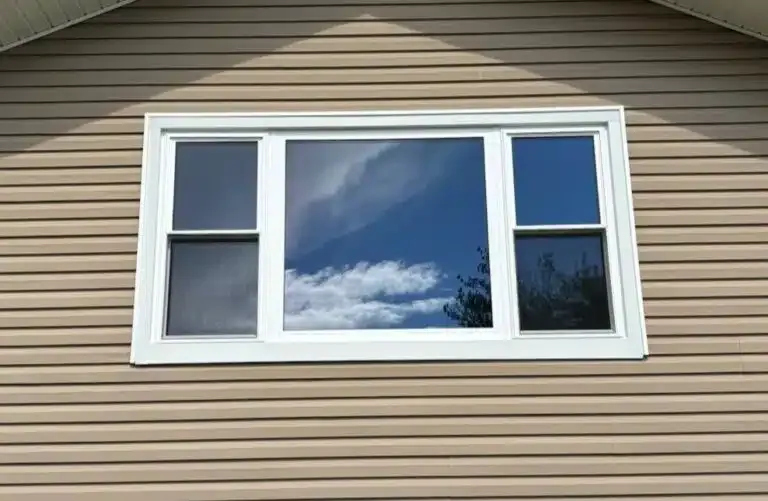Casement vs. Sliding Windows: What’s the Difference – Make A Wise Decision

When it comes to window options for your home, two of the most popular choices are casement and sliding windows. Both have their own unique features and benefits, making them suitable for different types of homes and design preferences. In this blog post, we’ll explore the key differences between casement and sliding windows to help you determine which option is the best fit for your Staten Island home.
Casement Windows:
Casement windows are hinged on one side, typically the left or right, and open outward like a door. They are known for their classic, elegant appearance and are often used in traditional or historic-style homes. Casement windows offer several advantages:
- Ventilation: Casement windows provide excellent ventilation by opening fully to allow maximum airflow into the room. The outward-opening design helps to capture breezes and direct them inside, making them a popular choice for homes in warmer climates.
- Unobstructed Views: Casement windows have a clean, uninterrupted glass surface that provides an unobstructed view of the outdoors. This is particularly beneficial for homes with scenic vistas or beautiful landscapes.
- Energy Efficiency: Casement windows create a tight seal when closed, which helps to improve the home’s energy efficiency by reducing air leaks and drafts. This can lead to lower heating and cooling costs.
Easy Operation: Casement windows are operated by a crank or lever, making them easy to open and close, even for those with limited mobility.
Sliding Windows:
Sliding windows, on the other hand, feature sashes that slide horizontally to open and close. They are known for their modern, sleek appearance and are often used in contemporary or minimalist-style homes. Sliding windows offer the following advantages:
- Space-Saving: Sliding windows do not require any additional space for opening, making them a practical choice for homes with limited space or tight floor plans.
- Low Maintenance: Sliding windows generally require less maintenance than casement windows, as they have fewer moving parts and are less susceptible to wear and tear.
- Easy Cleaning: Sliding windows allow for easy cleaning, as the exterior glass can be accessed from the inside of the home, eliminating the need for ladders or outdoor access.
- Durability: Sliding windows are often constructed with sturdy, high-quality materials, making them a durable and long-lasting option for your home.
Choosing Between Casement and Sliding Windows:
When deciding between casement and sliding windows, there are several factors to consider:
- Home Style: Casement windows are often better suited for traditional or historic-style homes, while sliding windows work well in contemporary or modern homes.
- Ventilation Needs: If you’re looking for maximum airflow and ventilation, casement windows may be the better choice. However, if you prefer a more controlled airflow, sliding windows can also provide adequate ventilation.
- Accessibility: Sliding windows may be easier to operate for those with limited mobility, as they don’t require the use of a crank or lever.
- Maintenance: Sliding windows generally require less maintenance than casement windows, which can be a consideration for homeowners who prefer a low-maintenance option.
- Energy Efficiency: Both casement and sliding windows can be energy-efficient, but the specific features and construction of the windows will play a role in their overall energy performance.
When it comes to choosing between casement and sliding windows for your Staten Island home, it’s essential to consider your personal preferences, the architectural style of your home, and your specific needs and requirements. Consulting with a reputable window installation company can also help you make an informed decision and ensure that your new windows are installed correctly and efficiently.
Biggest Sale of The Year!

70% Off Window Installation
*Discount Valid for Thermalast 1000 Windows Only.
Related Articles
When it comes to home improvement, few projects have as much impact on both aesthetics and energy efficiency as window replacement...
This customer in Chatham, New Jersey purchased brand new replacement windows to replace the 15-year-old builder grade windows in her home...
If you need new windows for your home in Livingston, New Jersey, you may be tempted to find the company that offers the lowest prices...
Replacing your home windows is among the best ways to improve the curb appeal and energy efficiency of your home in Cranford, New Jersey...
Visit Us







